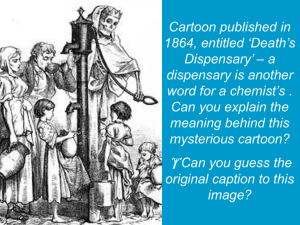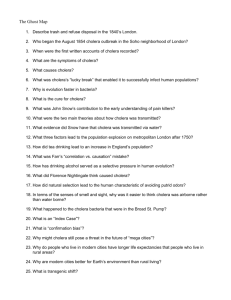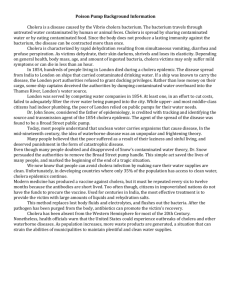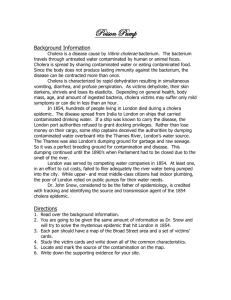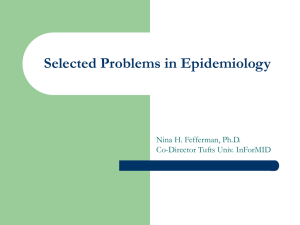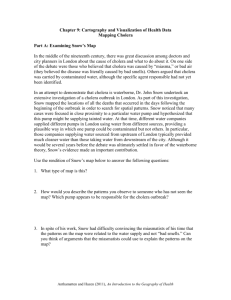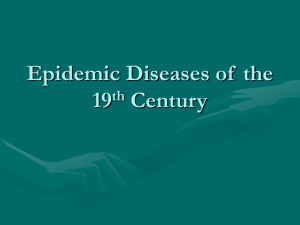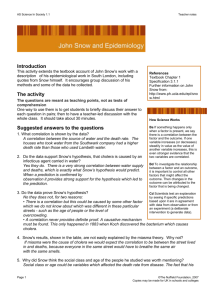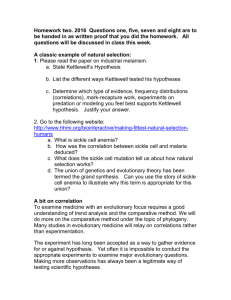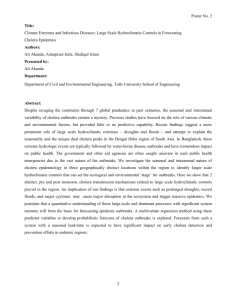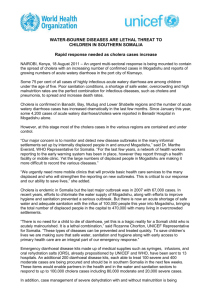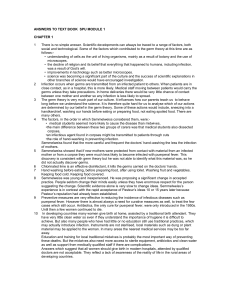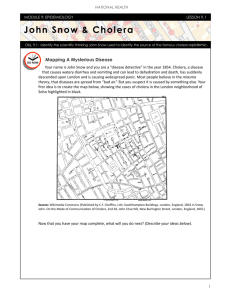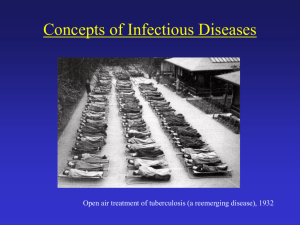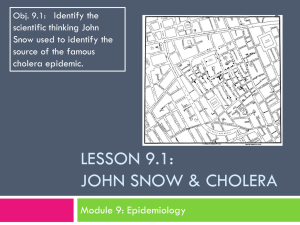Brochure - WordPress.com
advertisement
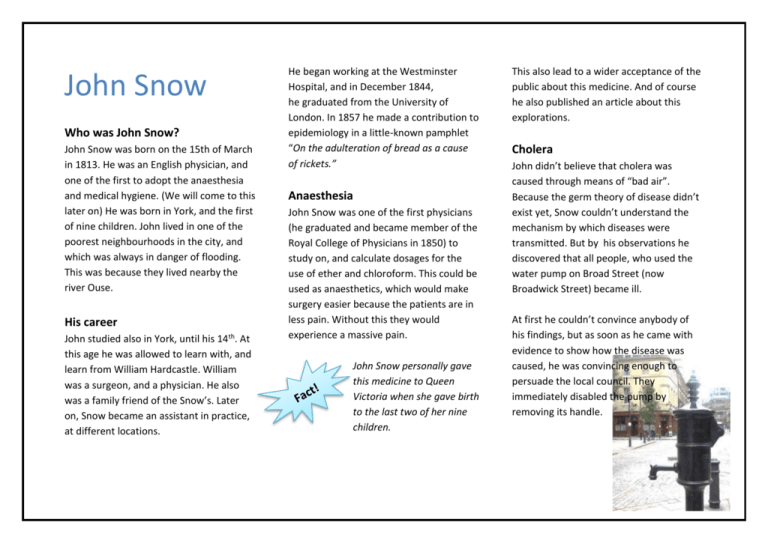
John Snow Who was John Snow? John Snow was born on the 15th of March in 1813. He was an English physician, and one of the first to adopt the anaesthesia and medical hygiene. (We will come to this later on) He was born in York, and the first of nine children. John lived in one of the poorest neighbourhoods in the city, and which was always in danger of flooding. This was because they lived nearby the river Ouse. His career John studied also in York, until his 14th. At this age he was allowed to learn with, and learn from William Hardcastle. William was a surgeon, and a physician. He also was a family friend of the Snow’s. Later on, Snow became an assistant in practice, at different locations. He began working at the Westminster Hospital, and in December 1844, he graduated from the University of London. In 1857 he made a contribution to epidemiology in a little-known pamphlet “On the adulteration of bread as a cause of rickets.” Anaesthesia John Snow was one of the first physicians (he graduated and became member of the Royal College of Physicians in 1850) to study on, and calculate dosages for the use of ether and chloroform. This could be used as anaesthetics, which would make surgery easier because the patients are in less pain. Without this they would experience a massive pain. John Snow personally gave this medicine to Queen Victoria when she gave birth to the last two of her nine children. This also lead to a wider acceptance of the public about this medicine. And of course he also published an article about this explorations. Cholera John didn’t believe that cholera was caused through means of “bad air”. Because the germ theory of disease didn’t exist yet, Snow couldn’t understand the mechanism by which diseases were transmitted. But by his observations he discovered that all people, who used the water pump on Broad Street (now Broadwick Street) became ill. At first he couldn’t convince anybody of his findings, but as soon as he came with evidence to show how the disease was caused, he was convincing enough to persuade the local council. They immediately disabled the pump by removing its handle. Cholera What is Cholera? Cholera is an infection. An infection in the small intestine caused by bacteria. In some cases the illness could be deadly, in the 16th century it was in the most cases deadly. John Snow was one of the first to discover how cholera actually spread itself, through water. Signs/symptoms Diarrhoea Vomiting These symptoms occur usually after one to five days. Of course after ingestion of the actual bacteria. Cholera is also called the “blue death” this because the skin turning blue/grey due to the extreme loss of fluids (trough diarrhoea and vomiting) If the diarrhoea is not severe treated, it can result in life-threatening dehydration. Symptoms for dehydration are: Low blood pressure Wrinkled skin Sunken eyes A rapid pulse Cause Well, transmission is through eating infected food, or drinking infected water. Due to poor sanitation, the water will be infected soon. But the bacteria itself can live in any natural environment. In our developed world, seafood is the most common cause. Well in the developing worlds the most common cause is water. Prevention If strict sanitation practices are followed there won’t be such a big chance of the water/food getting infected with the cholera bacteria. But luckily cholera is no longer a major health threat. Effective sanitation practices are often enough to stop an epidemic. Vaccine There are a number of safe vaccines available, however it is not recommended by the CDC (Center for Disease Control and Prevention). Because the protective efficiency became lower over the years, but they are still working on a better vaccine to prevent cholera. Treatment Continuously eating speeds up the recovery. This is actually a generally recommendation for any cases of diarrhoea .

